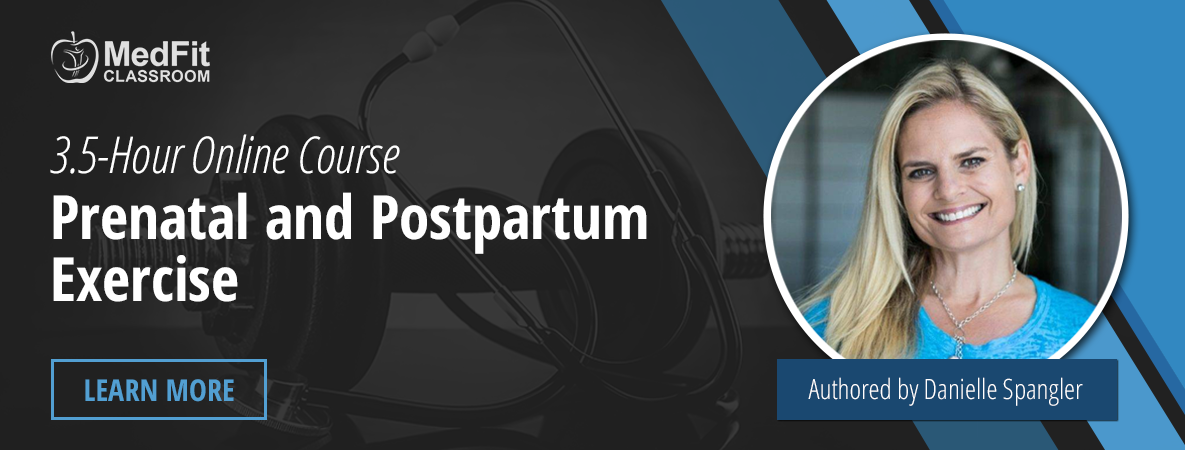According to several studies, exercise has been proven as an effective method of treating and preventing depression. Some studies suggest that physical activity may be as powerful as anti-depressants for treating mild to moderate depression over time. The same is true for women experiencing mild to moderate postpartum depression. It’s important to note that there are different levels of postpartum depression and screening is available through hospitals and doctors’ offices if PPD is suspected. Both the Edinburgh Postnatal depression scale questionnaire and a PAR-Q medical history questionnaire will help give insight to healthcare practitioners and patient on treatment methods.
 Exercise alone is important to elevating a postpartum females mental state but there are other factors that will affect the women’s ability to get the most benefits from her exercise program. These factors include her nutrition, sleep and the exercise environment. We all know that nutrition is equally important in affecting hormone regulation. Counsel her on making sure she is eating a whole food, clean diet. Make sure to refer to a registered dietitian if she requires a more detailed food plan. Obviously, most mothers early in postpartum are lacking sleep and we know that sleep directly affects her mood. Most women may have no control or help when they are able to sleep so my advice is to stay supportive and willing to help with resources if asked. Lastly, take a look at the exercise environment and make considerations to making her more comfortable.
Exercise alone is important to elevating a postpartum females mental state but there are other factors that will affect the women’s ability to get the most benefits from her exercise program. These factors include her nutrition, sleep and the exercise environment. We all know that nutrition is equally important in affecting hormone regulation. Counsel her on making sure she is eating a whole food, clean diet. Make sure to refer to a registered dietitian if she requires a more detailed food plan. Obviously, most mothers early in postpartum are lacking sleep and we know that sleep directly affects her mood. Most women may have no control or help when they are able to sleep so my advice is to stay supportive and willing to help with resources if asked. Lastly, take a look at the exercise environment and make considerations to making her more comfortable.
A convenient, supportive, clean and safe exercise environment is essential when providing a space for a postpartum woman to exercise. Help her find support or groups of women in the same life phase to form connections and bond beyond exercise. This type of environment creates a strong sense of community and will serve as another resource. Another consideration when creating a suitable postpartum exercise environment is to consider allowing women to bring their newborn infants. For most women, there are no options to leave your baby anywhere especially when most gym daycares do not offer babysitting before 3 months of age. Or sometimes mothers are still nursing and leaving their baby may be anxiety-provoking. Make sure to also provide a comfortable place to breastfeed or tend to their babies within the exercise area or in close proximity. By offering a safe and thoughtful environment, you will create loyalty and trust.
The opportunity to connect to other women and bond with babies is also important. On the contrary, sometimes mommy needs a break so having an option of daycare in your exercise environment available and allowing women to choose whether or not to bring their babies to the exercise environment is important. It’s understandable that some exercise studios or gyms may not be appropriate to have babies and it may be disrupting to other patrons. This is a simple suggestion if the environment will allow. Convenience and connection are key to win over your mamas and help them help themselves prevent and treat the onset of postpartum depression.
Fitness Professionals: Get Started with Prenatal and Postpartum Clients
Danielle Spangler is the founder of Coremom Fitness (Corrective Obstetrical Related Exercise) and a prenatal/postpartum fitness specialist. Danielle is a mother of 3 children and operates her Coremom Fitness program out of several studios including her own studio in Redondo Beach, Beach Life Fitness Boutique. Danielle serves on the MedFit Education advisory board and has written several continuing education courses on the topic of prenatal fitnes.

